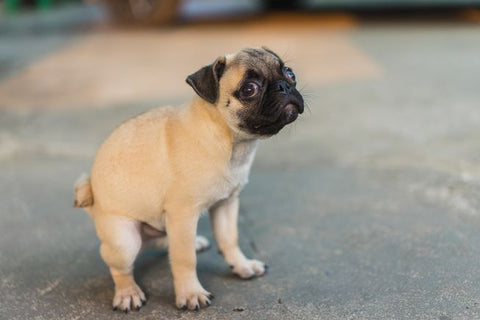Whats The Scoop on POOP?

One of the many benefits to feeding a biologically appropriate diet (BARF) is that there will be much less poop to scoop. And usually much firmer, smaller, less smelly and generally easier to pick up.
That's right! What comes out of our 70lb Golden Retriever looks actually like the amount from a kibble-fed Pomeranian. Surprised?
That is because a raw fed dog hasn’t eaten anything it cannot process or the body cannot use, again, resulting in very little waste. Many commercial canned or dried foods contain a significant amount of fillers and carbohydrates because they are usually cheap, last a very long time on the shelf and help bind their other kibble ingredients together. But, given that our dogs do not possess the digestive system or enzymes necessary to process these carbohydrates, feeding a diet packed with grains, rice or potatoes can have a number of serious repercussions such as:
- Yeast issues, such as itchy feet and ear infections
- Plaque and tartar
- Cancers
- Large, smelly POOP.
*******************************************************************
Below describes how raw diet poop should be and if you are curious how they look, Google it.
Poop consistency
- often white/lightly colored (may be gold in color after eating turkey)
- firm nuggets, these can be very hard sometimes
- small/very compact in size
- practically odorless
It is okay to see small undigested bones sometimes.
How often do they poop?
After changing to the raw diet, the frequency of poop went from three times a day to once per day. Sometimes, my dog doesn't poop at all, but keep in mind, if you have not seen any traces of poop over a day or two, then have that checked out!
In conclusion, the BARF diet is a win-win for both you and your dog, being your dog will be more healthy and you having to pickup less poop.
